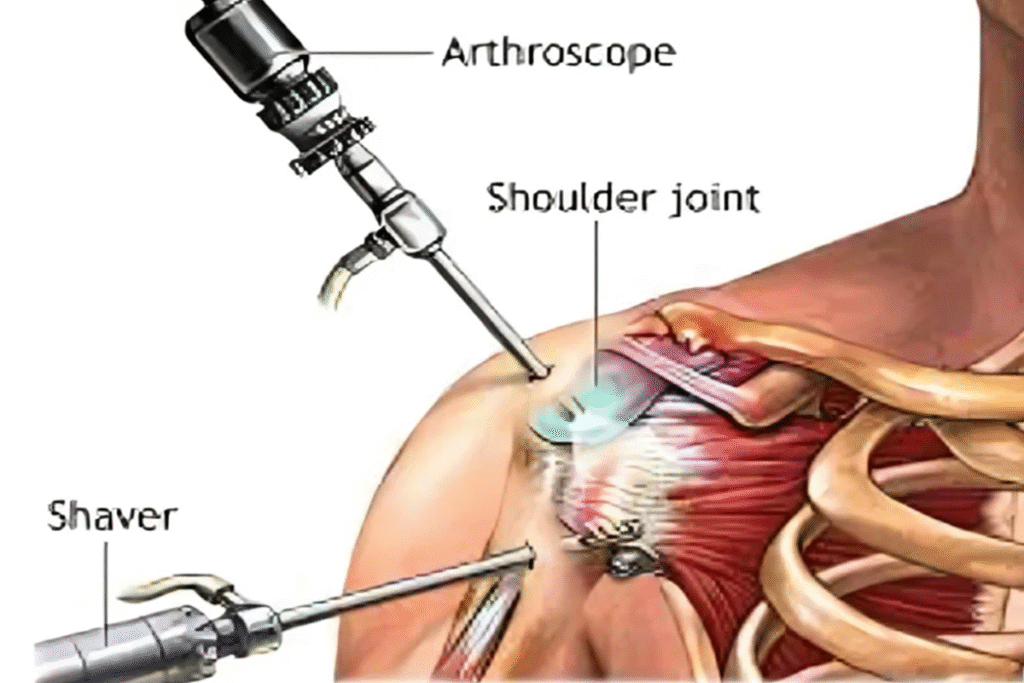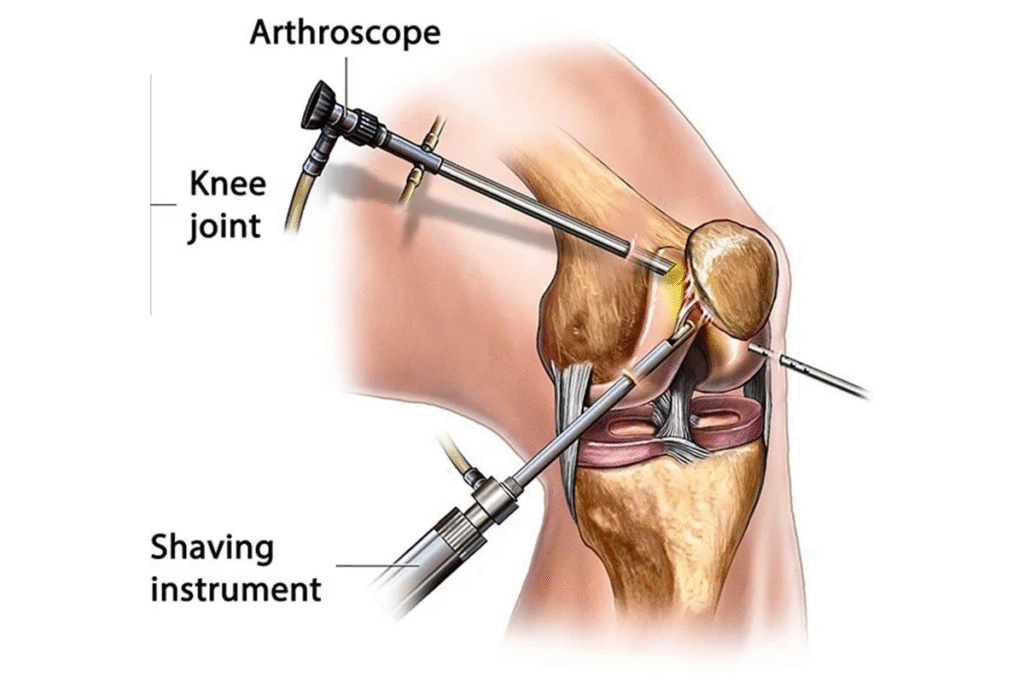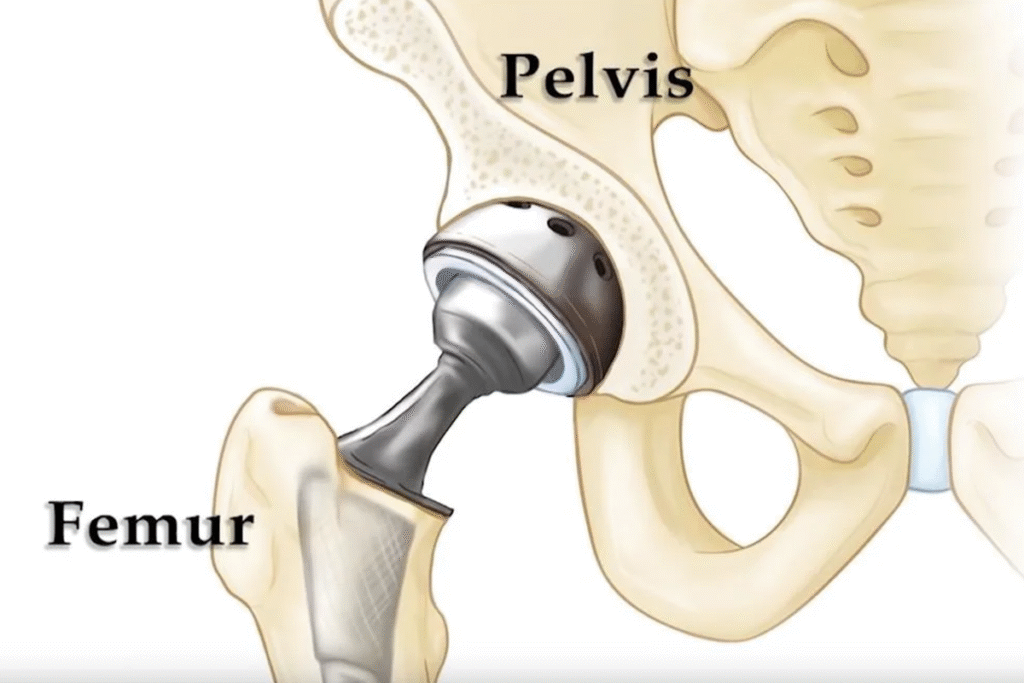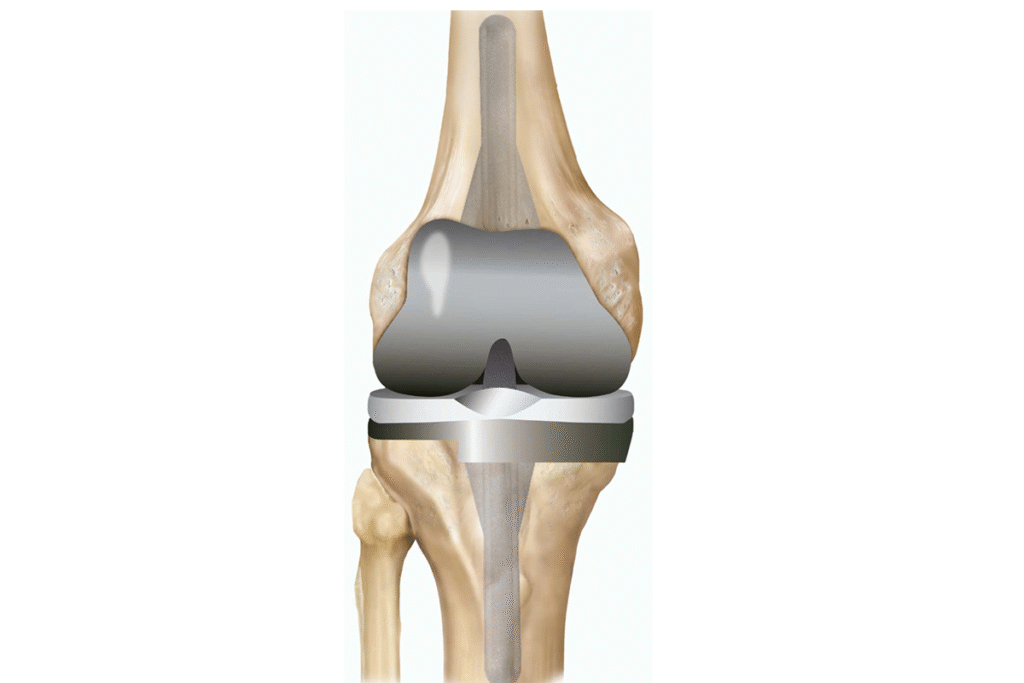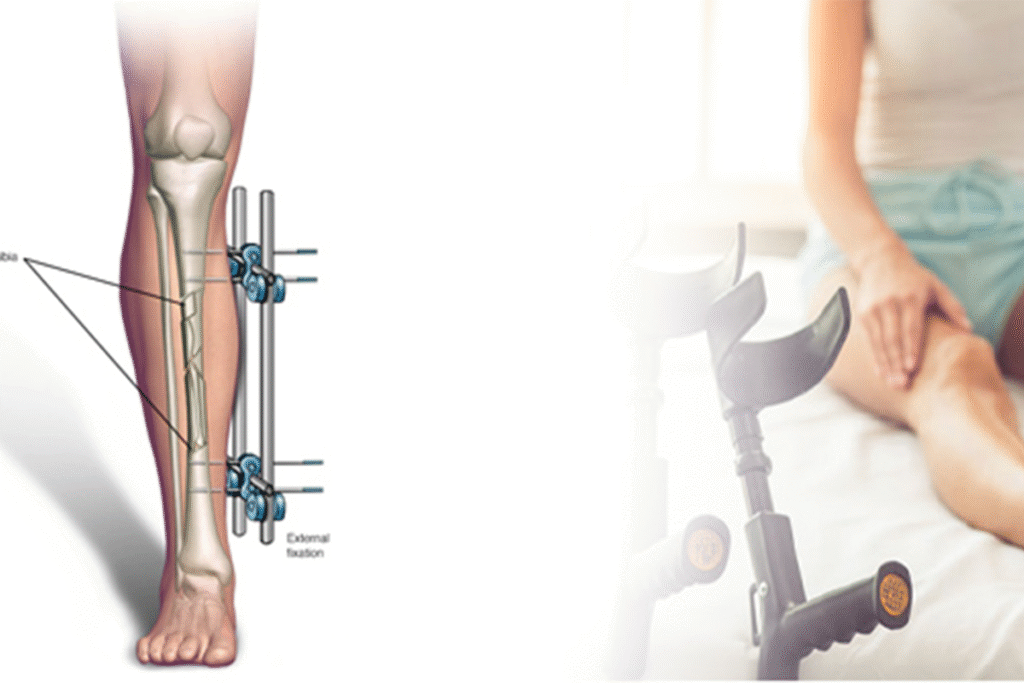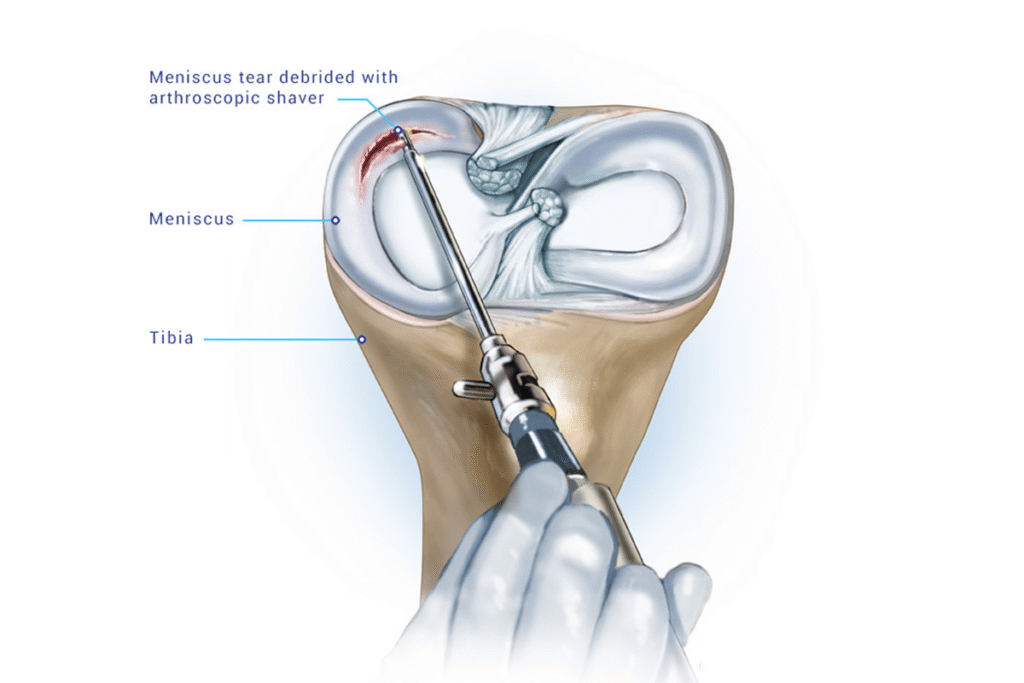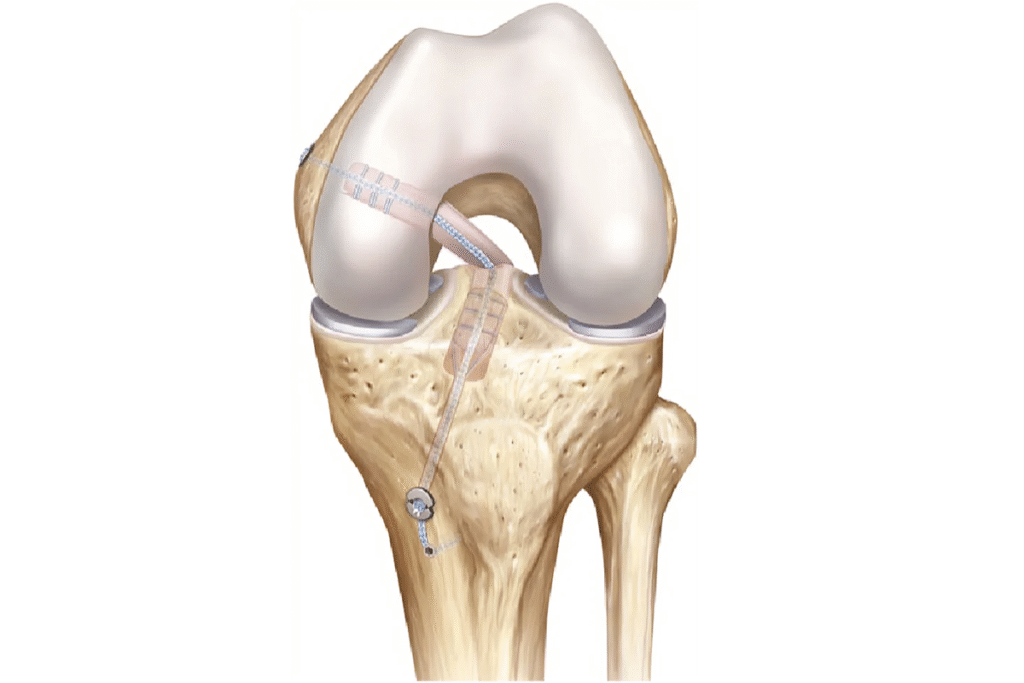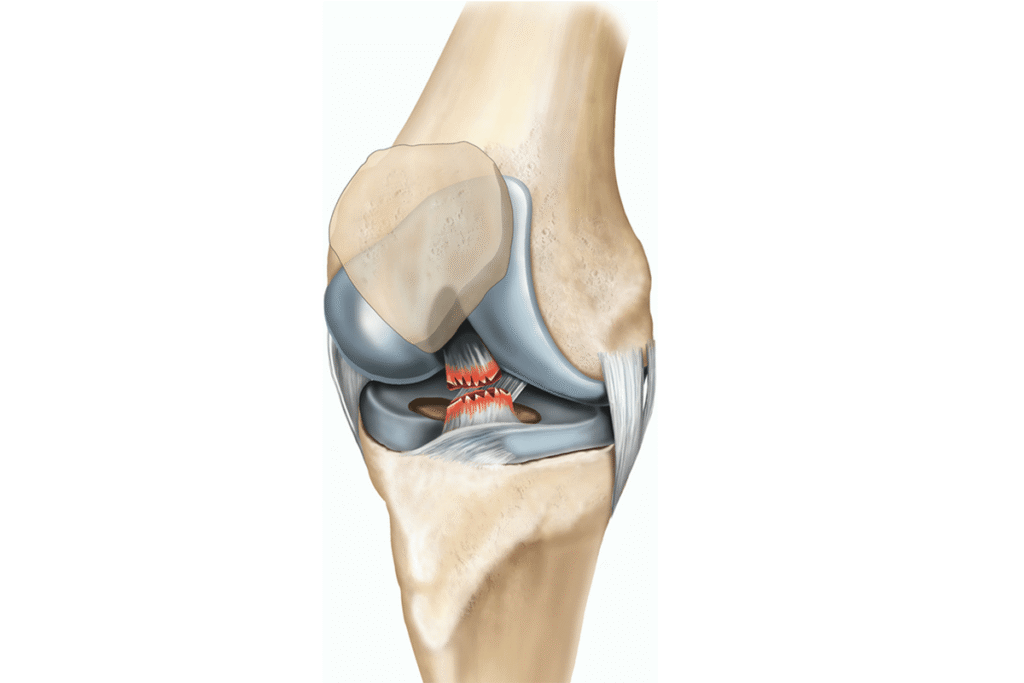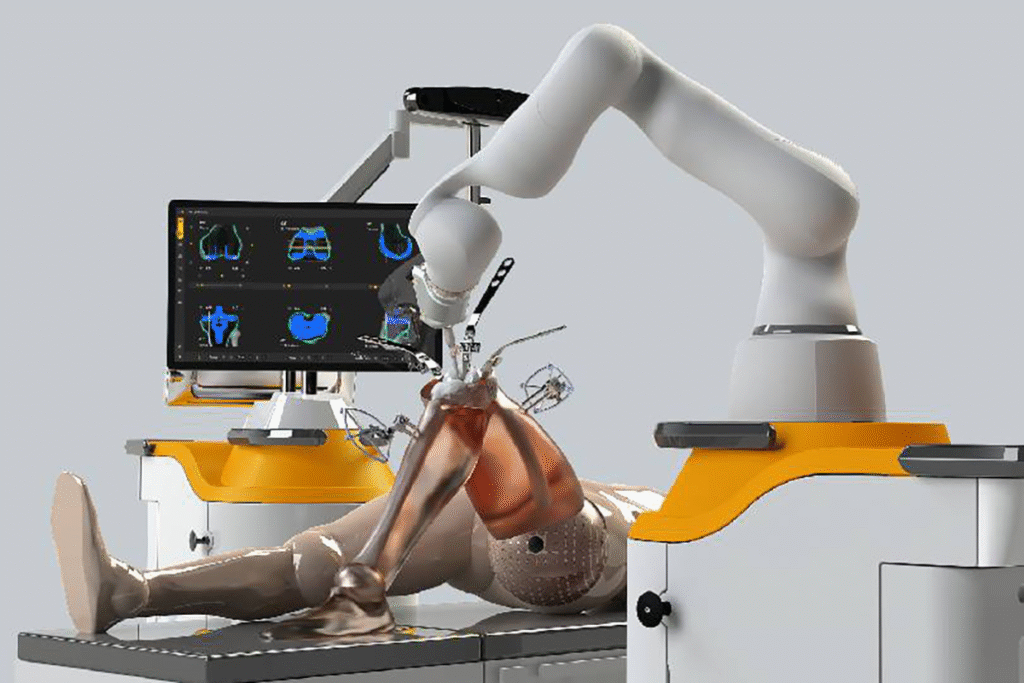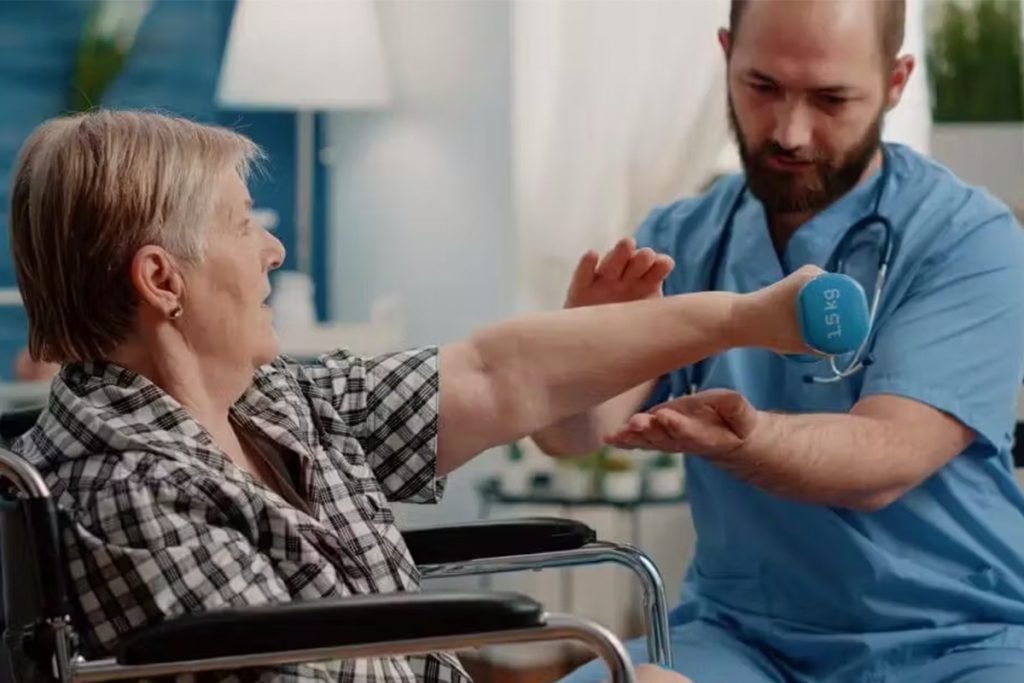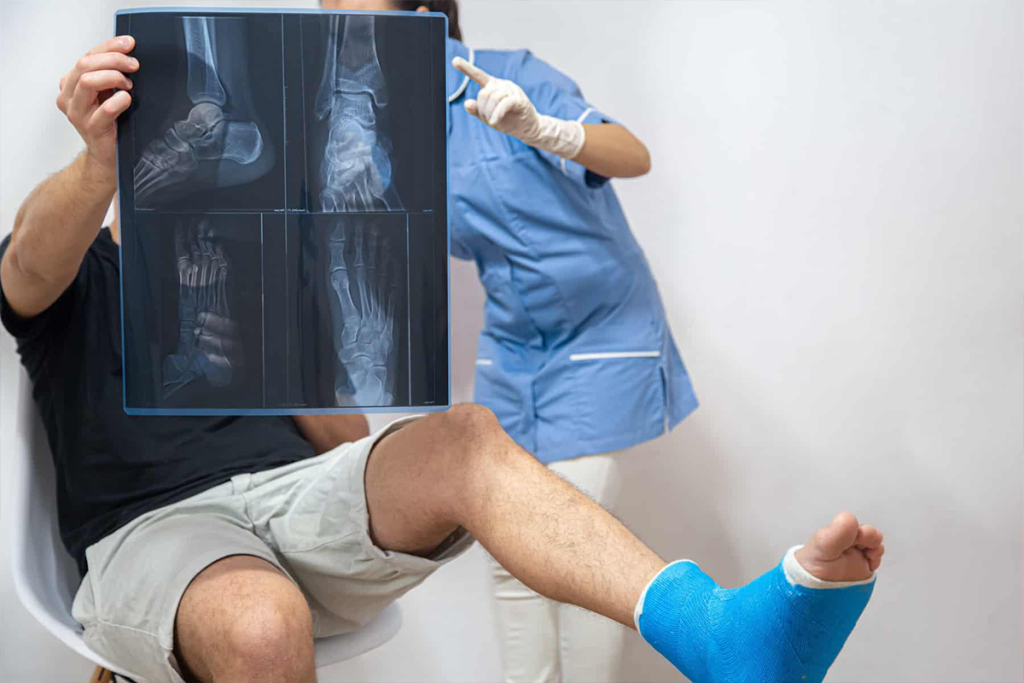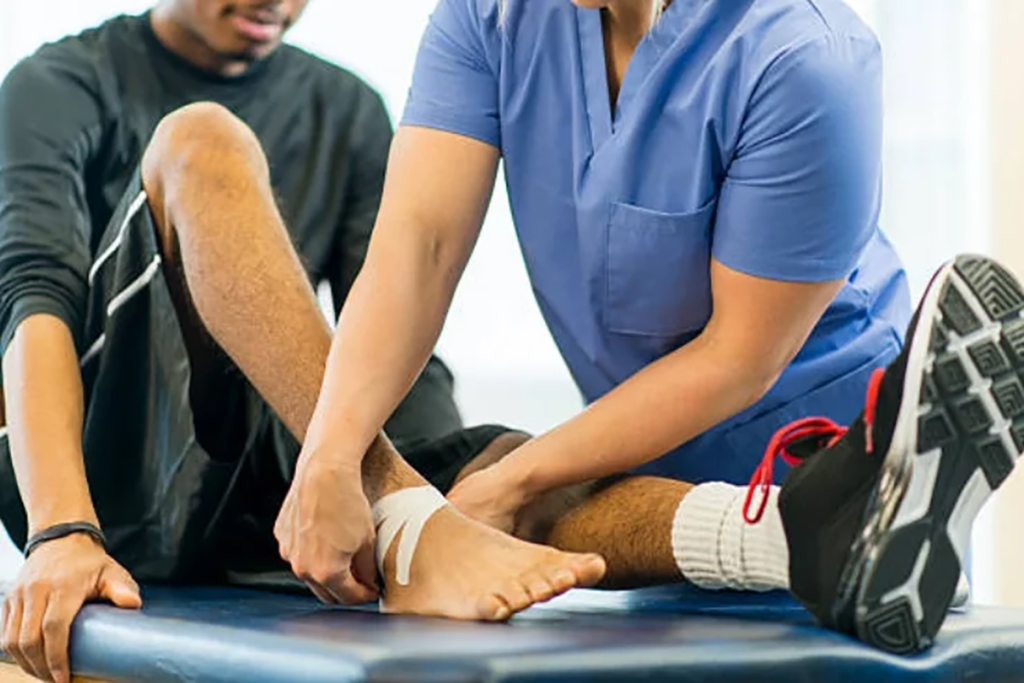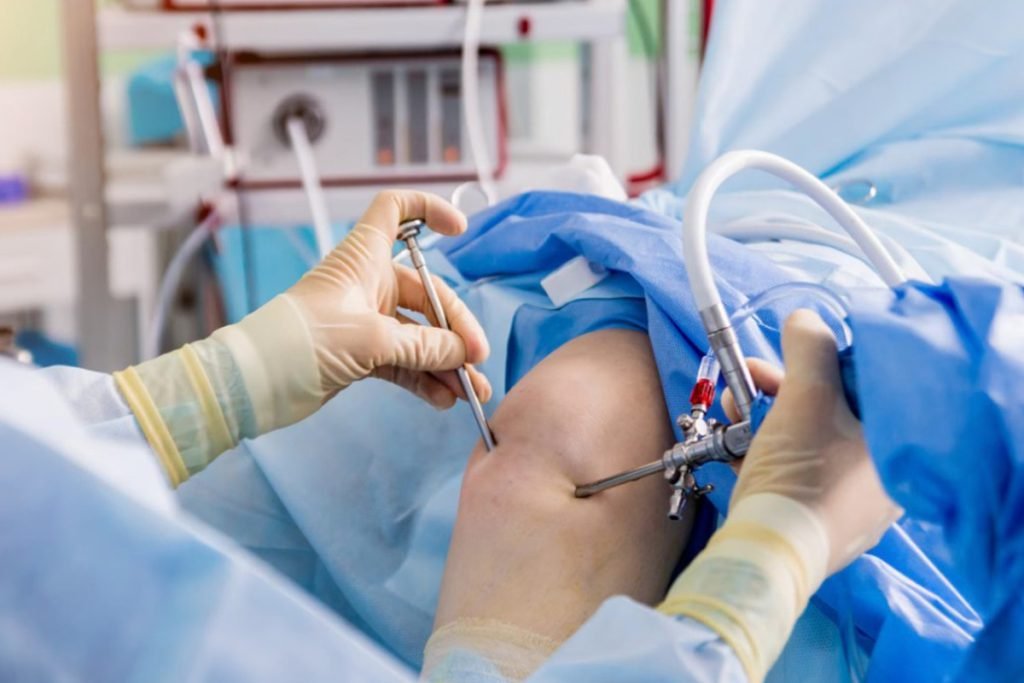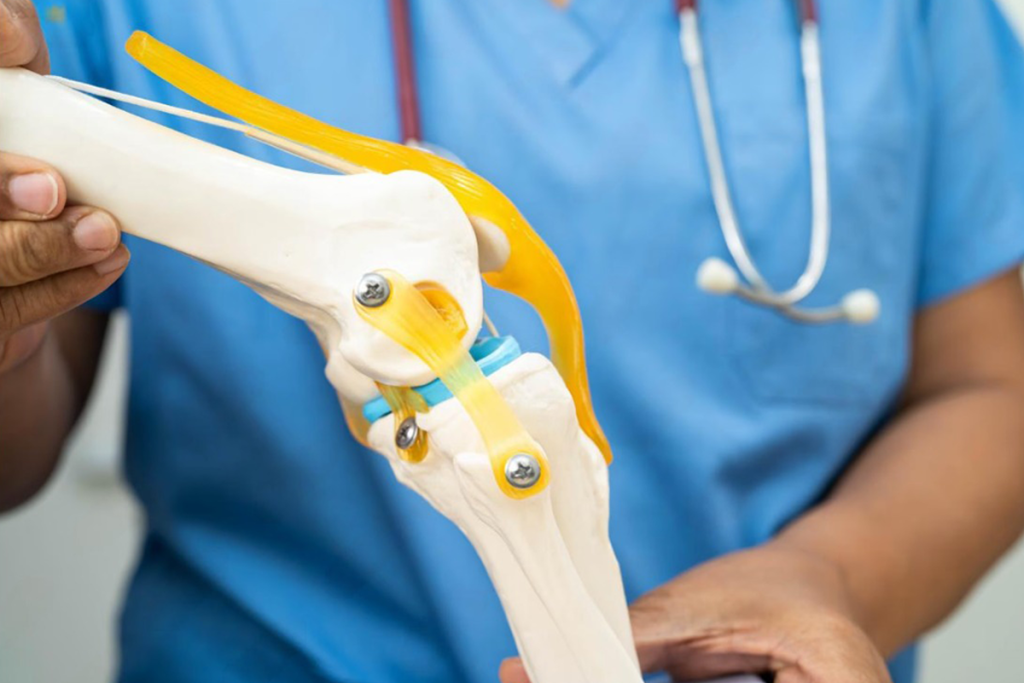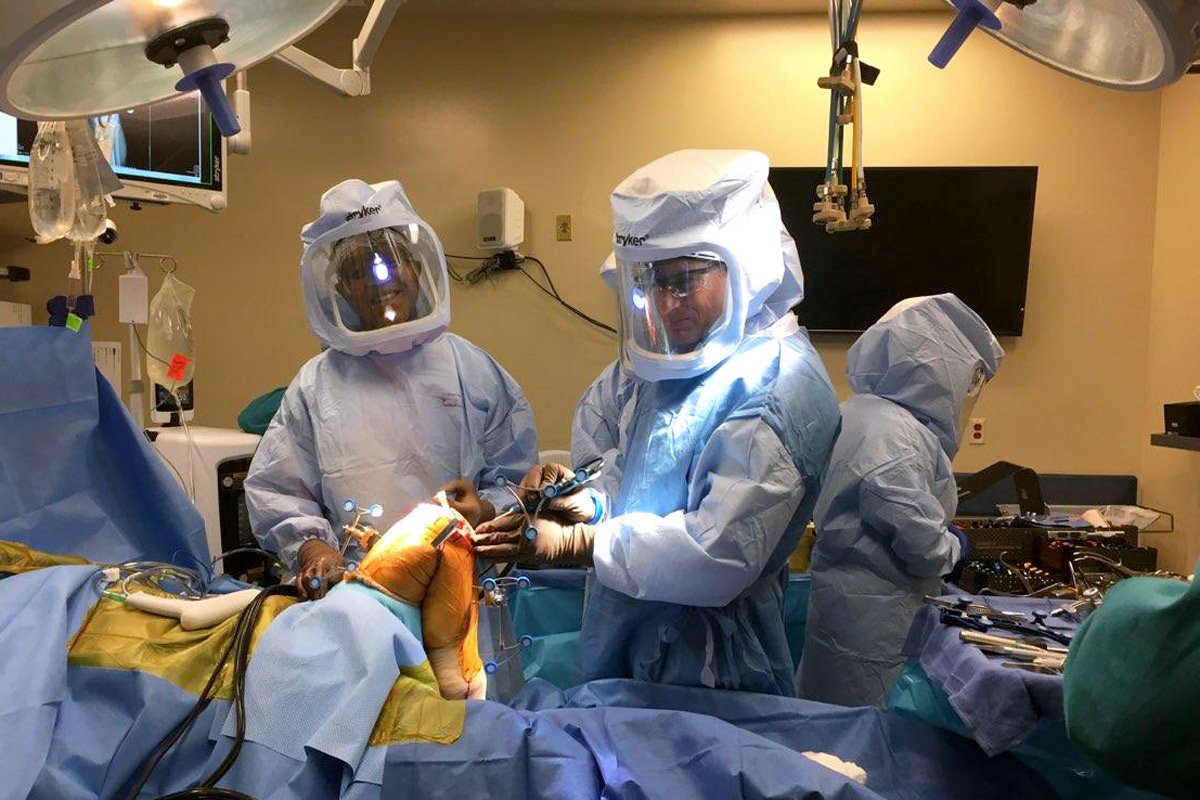Hip pain can interfere with your daily life, making even simple tasks like walking, bending, or sitting uncomfortable. For many patients, an ortho hip replacement in Gurgaon becomes a solution when conservative treatments are no longer effective. But how do you know if it is the right time for this surgery? Under the expertise of Dr. Guruditta Khurana, a trusted orthopaedic surgeon in Gurgaon, patients can understand the signs, explore treatment options, and make informed decisions about their joint health.
Join our online community! Follow us on: https://www.youtube.com/@RoboticOrthodoc_Guruditta
Understanding Hip Replacement Surgery
Hip replacement surgery, also known as total hip arthroplasty, is a procedure where a damaged or diseased hip joint is replaced with an artificial implant. This surgery is often recommended for patients who suffer from advanced arthritis, injuries, or long-term hip damage. Choosing an ortho hip replacement in Gurgaon allows you to regain mobility, reduce pain, and improve your overall quality of life.

Common Causes That Lead to Hip Replacement
Before considering surgery, it is important to understand the underlying causes of hip pain. Dr. Guruditta Khurana explains that the most common reasons include:
- Osteoarthritis – Wear-and-tear arthritis that damages the joint over time.
- Rheumatoid Arthritis – An inflammatory disease that causes inflammation in the joints is called rheumatoid arthritis.
- Hip Fractures – Often due to trauma or falls, especially in older adults.
- Avascular Necrosis – Reduced blood supply to the hip bone, causing deterioration.
When these conditions progress, patients often benefit from an ortho hip replacement in Gurgaon to restore function and ease discomfort.

Signs You May Need an Ortho Hip Replacement in Gurgaon
Not every hip pain requires surgery. However, there are clear signs that indicate when replacement becomes necessary. Patients should consult Dr. Guruditta Khurana if they experience:
1. Persistent Hip Pain
When pain does not improve with rest, medication, or physical therapy, it may suggest severe joint damage.
2. Difficulty with Daily Activities
If climbing stairs, standing up, or even getting out of bed becomes challenging, hip replacement might be the solution.
3. Stiffness and Reduced Mobility
Limited range of motion is another indicator that your hip joint is deteriorating.
4. Failed Non-Surgical Treatments
When conservative methods like physiotherapy, lifestyle modifications, and medications no longer provide relief, an ortho hip replacement in Gurgaon may be recommended.
Benefits of Ortho Hip Replacement in Gurgaon
Choosing surgery under the guidance of Dr. Guruditta Khurana offers multiple advantages:
- Significant reduction in chronic hip pain
- Improved joint function and flexibility
- Ability to walk, sit, and perform activities with ease
- Enhanced overall quality of life
Patients who undergo ortho hip replacement in Gurgaon often find themselves regaining independence and returning to their active lifestyles.

Preparing for Hip Replacement Surgery
If you are considering this surgery, preparation plays a key role. Dr. Guruditta Khurana advises patients to:
- Get a complete medical evaluation
- Follow a physiotherapy routine to strengthen muscles
- Maintain a healthy weight before surgery
- Plan for recovery at home with support from family
Proper preparation ensures that your ortho hip replacement in Gurgaon has the best possible outcome.
Recovery After Hip Replacement
Post-surgery recovery is a gradual process. With the right rehabilitation program and medical guidance, most patients experience remarkable improvement within weeks. Physical therapy is crucial for regaining strength and flexibility. Regular follow-up with Dr. Guruditta Khurana ensures smooth recovery and long-term joint health.
Why Choose Dr. Guruditta Khurana for Ortho Hip Replacement in Gurgaon?
Dr. Guruditta Khurana is a highly experienced orthopaedic surgeon known for his expertise in joint replacement surgeries. His patient-centric approach, advanced surgical techniques, and focus on post-operative care make him one of the trusted names for ortho hip replacement in Gurgaon. Patients benefit from his commitment to delivering long-lasting relief and mobility restoration.
Conclusion
Deciding whether you need a hip replacement can be overwhelming, but recognizing the symptoms and seeking timely medical advice can make all the difference. If you are experiencing persistent hip pain, stiffness, or limited mobility, it may be time to consider an orthopedic hip replacement in Gurgaon. With the expertise of Dr. Guruditta Khurana, you can be assured of comprehensive care, advanced surgical solutions, and a path to a pain-free, active life.
For fast information, you can visit: https://drgurudittakhurana.com/



